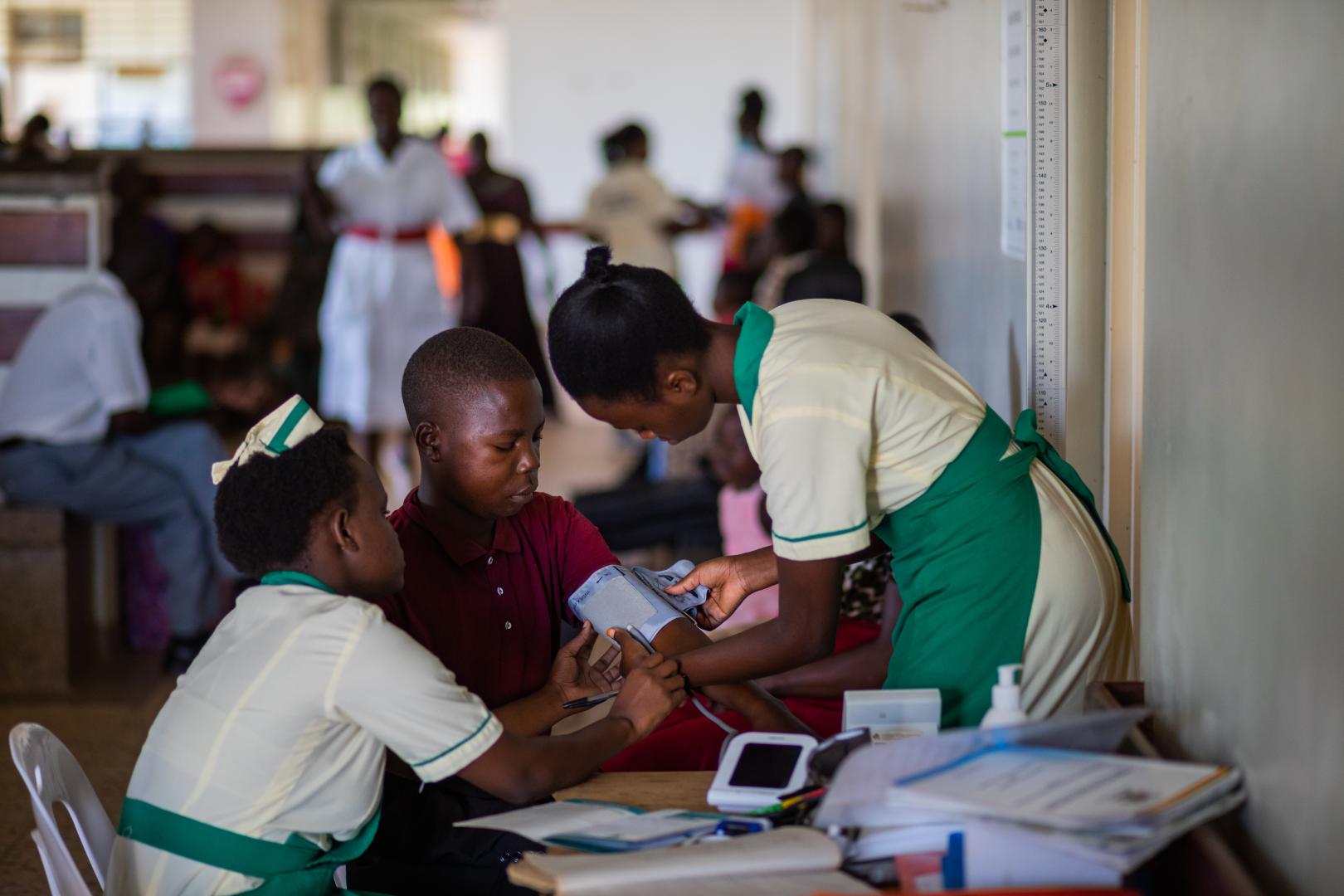A suspected outbreak of Marburg Virus Disease (MVD) has claimed eight lives in the Kagera region of Tanzania, according to the World Health Organization (WHO). This could be the second outbreak of Marburg in Kagera.
The Bukoba district in Kagera region experienced its first MVD outbreak in March 2023, and zoonotic reservoirs, such as fruit bats, remain endemic to the area. The outbreak lasted for nearly two months with nine cases including six deaths.
In the latest suspected outbreak, the WHO has issued an alert (January 13th) to member states informing member states of the outbreak of Marburg Virus Disease (MVD) outbreak in the Kagera region of Tanzania
This followed reports of a concerning number of deaths exhibiting symptoms consistent with the highly contagious and often fatal disease.
As of January 11th, nine suspected cases had been reported, with a devastatingly high case fatality ratio of 89%, indicating eight fatalities.
“We are aware of 9 cases so far, including 8 people who have died. We would expect further cases in coming days as disease surveillance improves,’’
WHO Director General Tedros Adhanom Ghebreyesus
MVD, a severe hemorrhagic fever, presents with a range of debilitating symptoms, including high fever, headache, muscle aches, and potentially severe bleeding.
The virus is primarily transmitted through direct contact with the bodily fluids of infected individuals or contaminated surfaces. While not as easily transmissible as some other highly infectious diseases, the potential for human-to-human transmission, particularly within healthcare settings, poses a significant public health threat.
The Kagera region, known for its strategic location as a transit hub with significant cross-border movement of people to neighboring countries like Rwanda, Uganda, Burundi, and the Democratic Republic of the Congo, raises concerns about the potential for regional and even international spread.Although the virus does not spread as easily as some other infectious diseases, the possibility of infected individuals traveling within and beyond Tanzania cannot be ruled out.
This underscores the critical need for enhanced surveillance and robust case management at points of entry and borders, along with close coordination with neighboring countries to strengthen their readiness capacities.
The current outbreak has heightened concerns due to the region’s history with MVD.
Details of a suspected Marburg Virus Disease outbreak began to emerge last weekend, following a leaked situation report that indicated the initial alert was sounded on January 9th, 2025, in Biharamulo.
This report, later dismissed as “fake” by the Ministry of Health, described an unusual illness affecting six individuals, resulting in five fatalities. Symptoms included fever, headache, back pain, diarrhea, vomiting blood, and body weakness.
The report detailed the tragic case of EE, a pregnant woman from Chankende Hamlet in Katerera village, Ruziba, who experienced a miscarriage and subsequently succumbed to the illness at the Rukaragata Health Center.
Alarmingly, no samples were collected from EE, and her burial was conducted without medical supervision. This pattern of tragic deaths continued within EE’s family and among individuals who had interacted with them, including a healthcare worker from the Rukaragata Health Center who had treated EE. The outbreak expanded to Muleba, with suspected cases linked to a funeral. Samples have been collected from these individuals and sent to the laboratory in Kabyaile for testing. Contact tracing efforts are underway in both Biharamulo and Muleba.
Despite the Ministry of Health’s initial dismissal of the report, the emerging details from WHO have raised serious concerns.
A previous outbreak in Kagera in March 2023 resulted in nine cases and six fatalities, highlighting the ongoing risk posed by the virus in the region.
The high fatality rate in the current outbreak, coupled with the potential for geographic spread and the involvement of healthcare workers among the suspected cases, has led the WHO to assess the national risk as high.
In response to the outbreak, the Tanzanian government has mobilized rapid response teams to investigate the situation, intensify surveillance efforts, and conduct thorough contact tracing to identify and monitor individuals who may have come into contact with infected persons.
Treatment units have been established to provide care for suspected cases, and laboratory samples have been collected and sent for confirmation testing.
The WHO has issued a series of critical recommendations to mitigate the spread of the virus and effectively control the outbreak. These include measures to prevent human-to-human transmission, such as avoiding close contact with infected individuals and their bodily fluids, and emphasizing the importance of seeking immediate medical care for anyone experiencing symptoms suggestive of MVD.
While the WHO advises against travel and trade restrictions with Tanzania at this time, it emphasizes the need for strengthened surveillance and response capacities at points of entry and borders to prevent the international spread of the virus.









